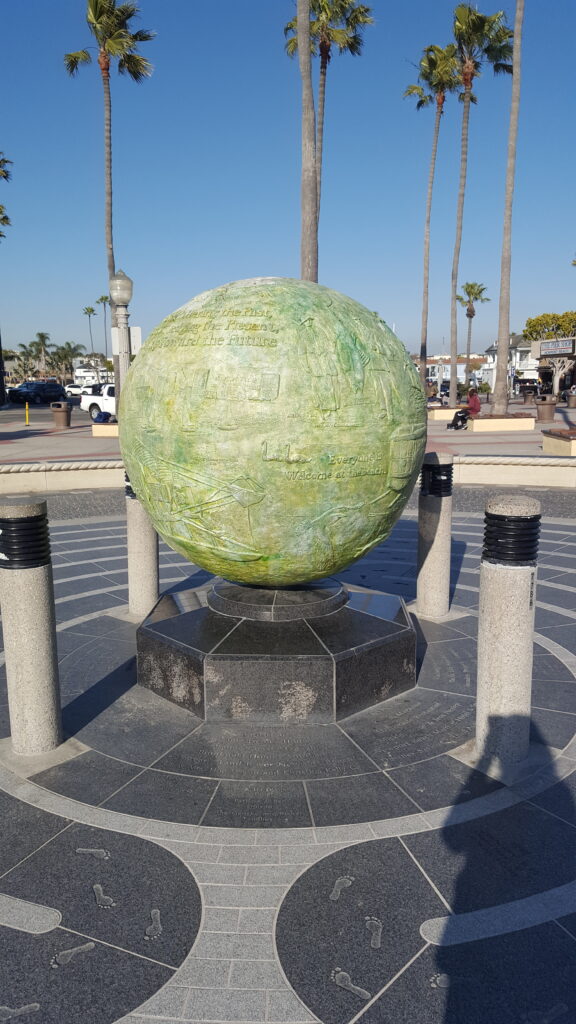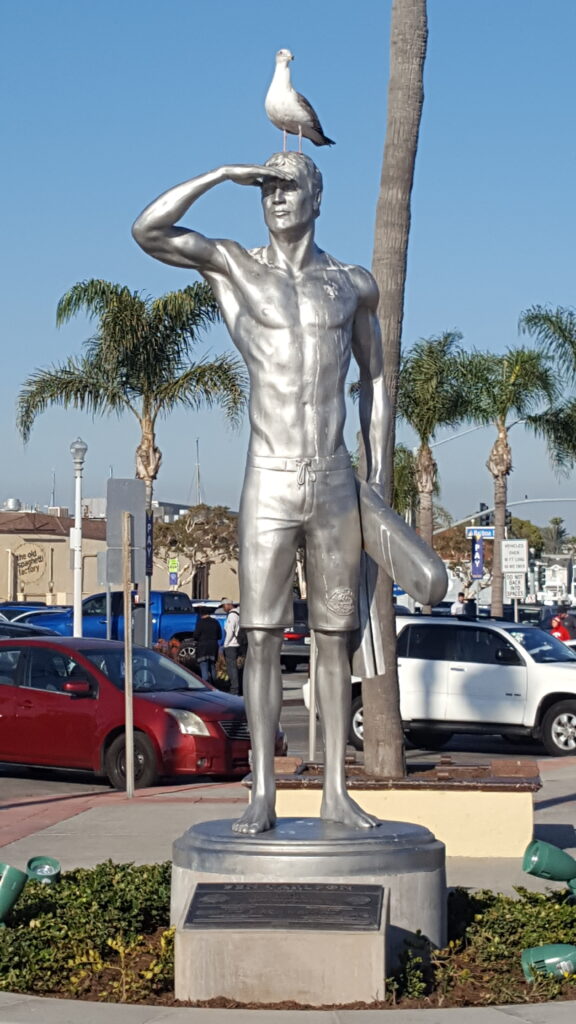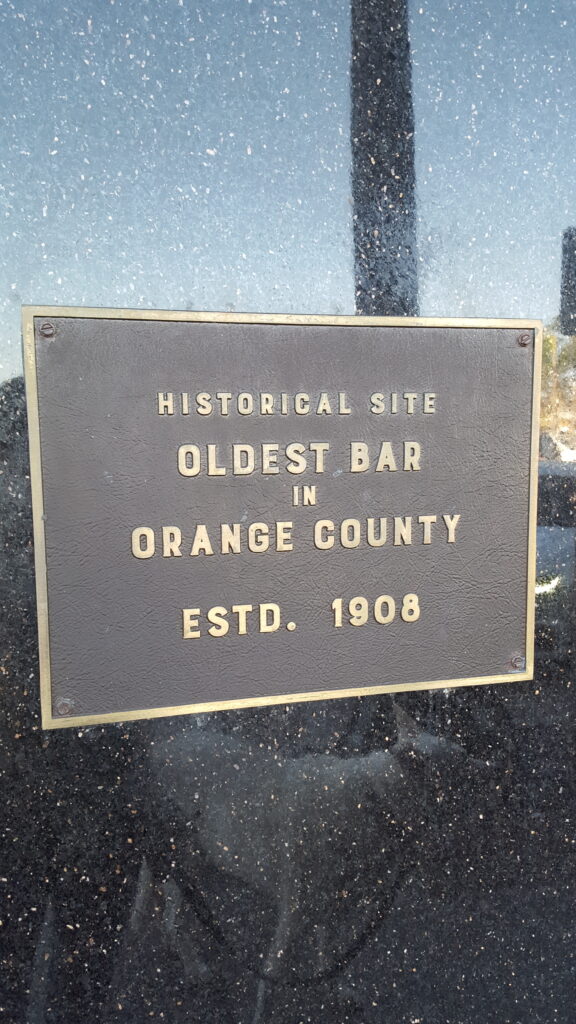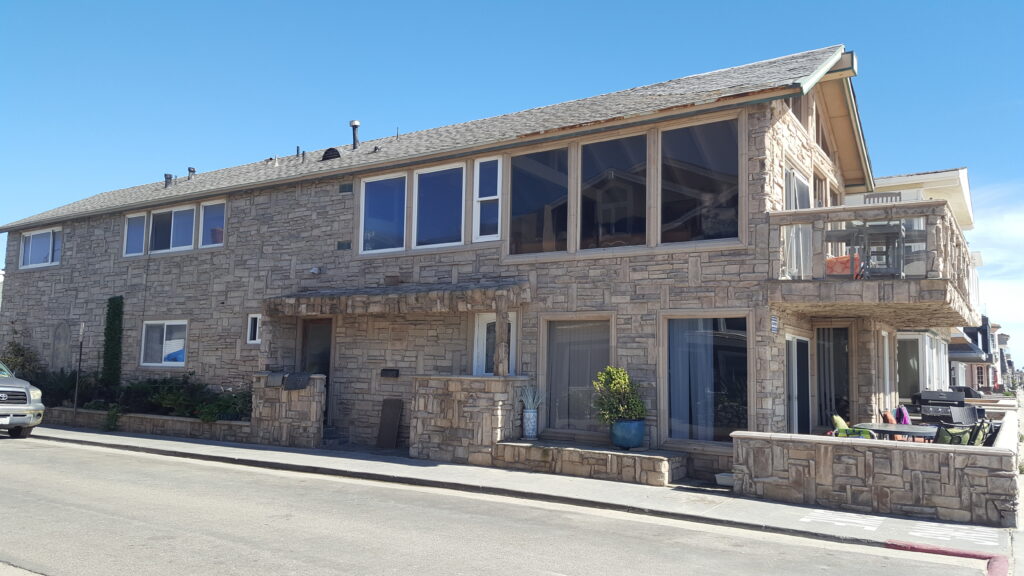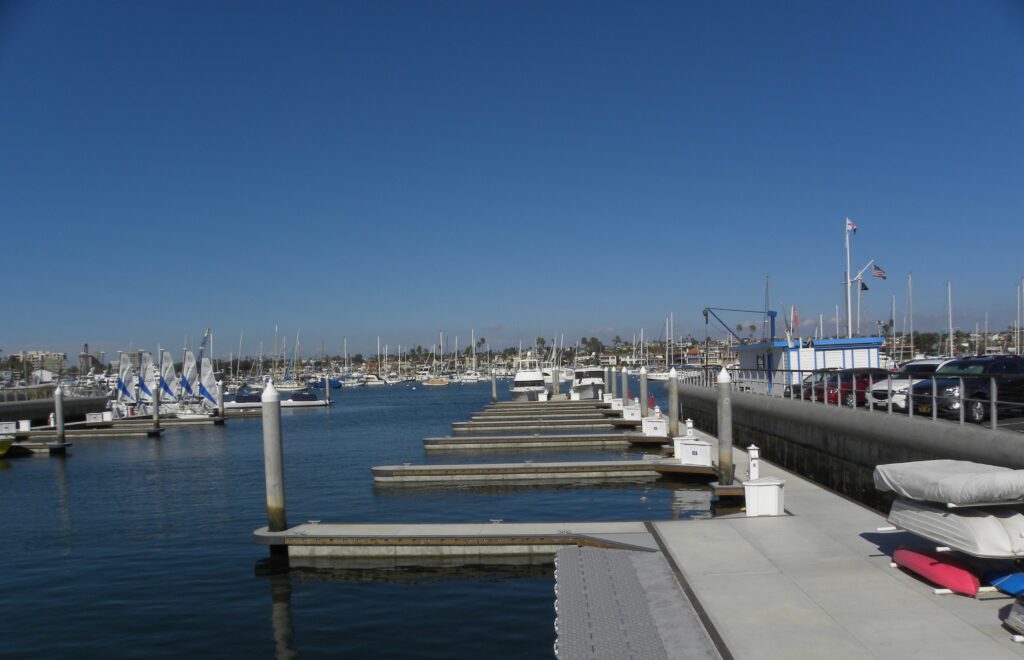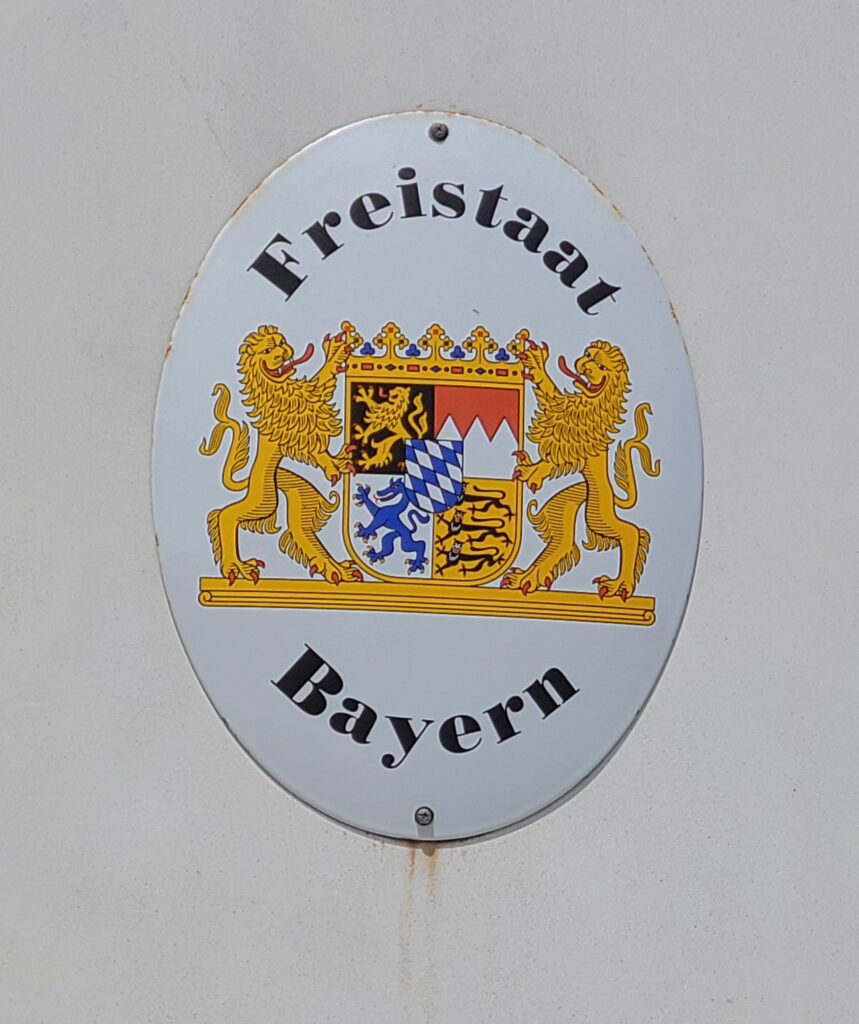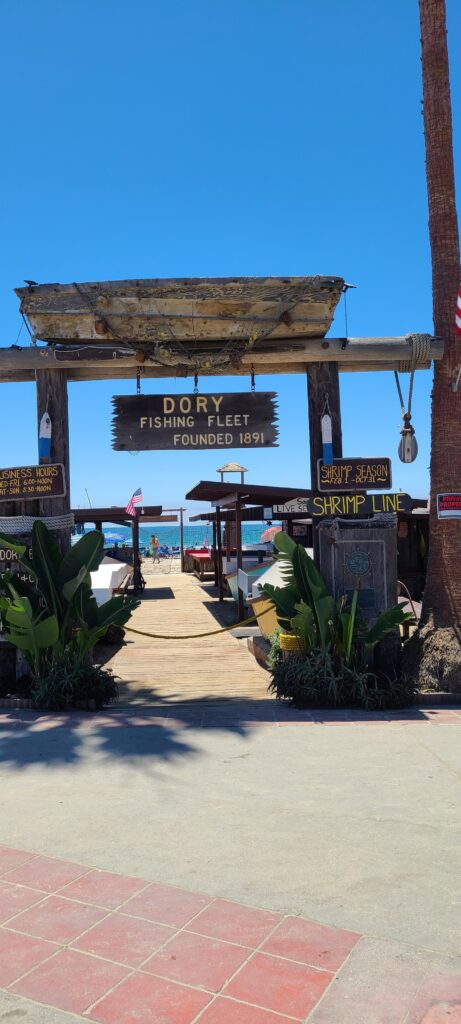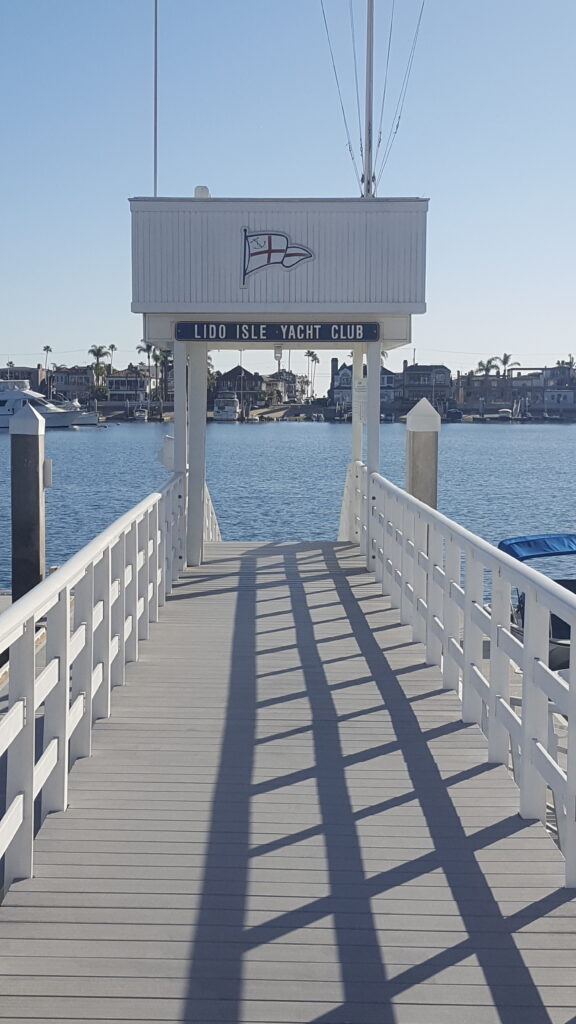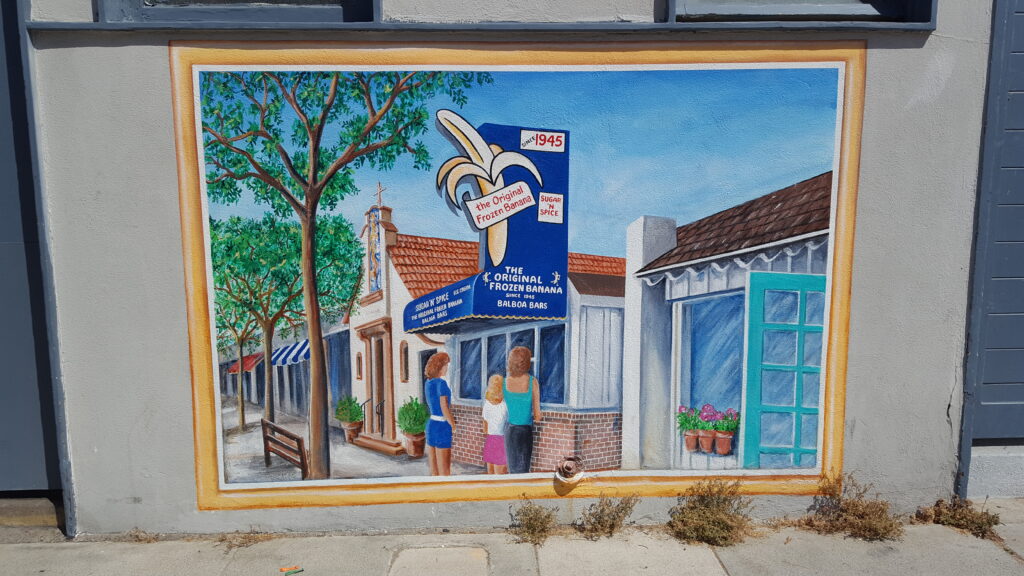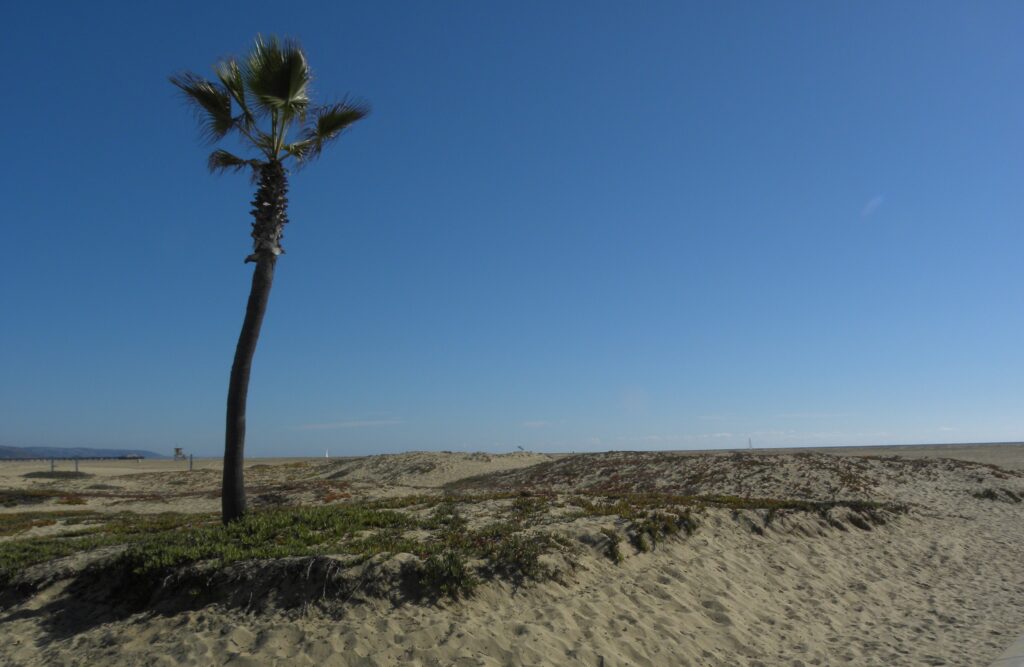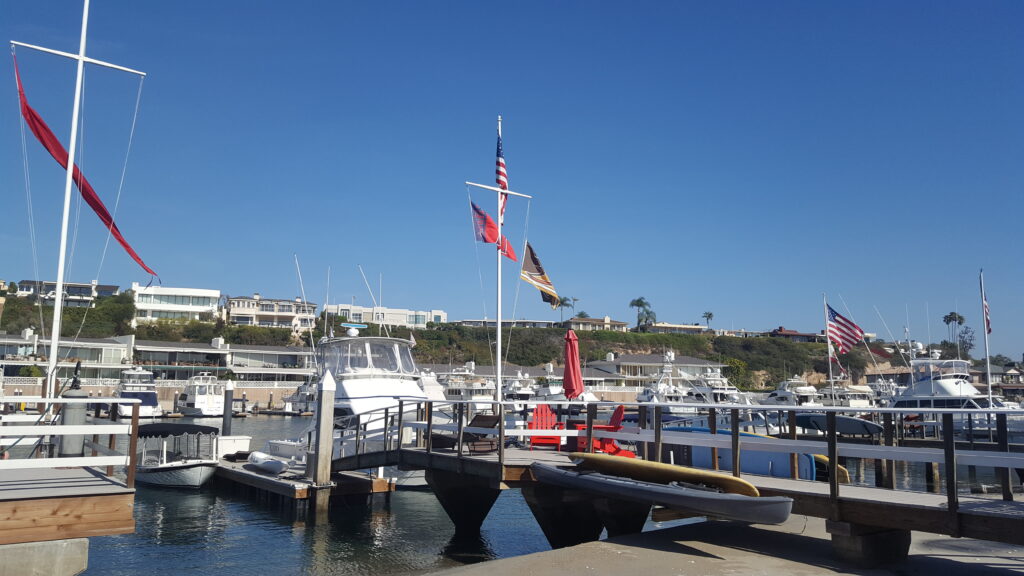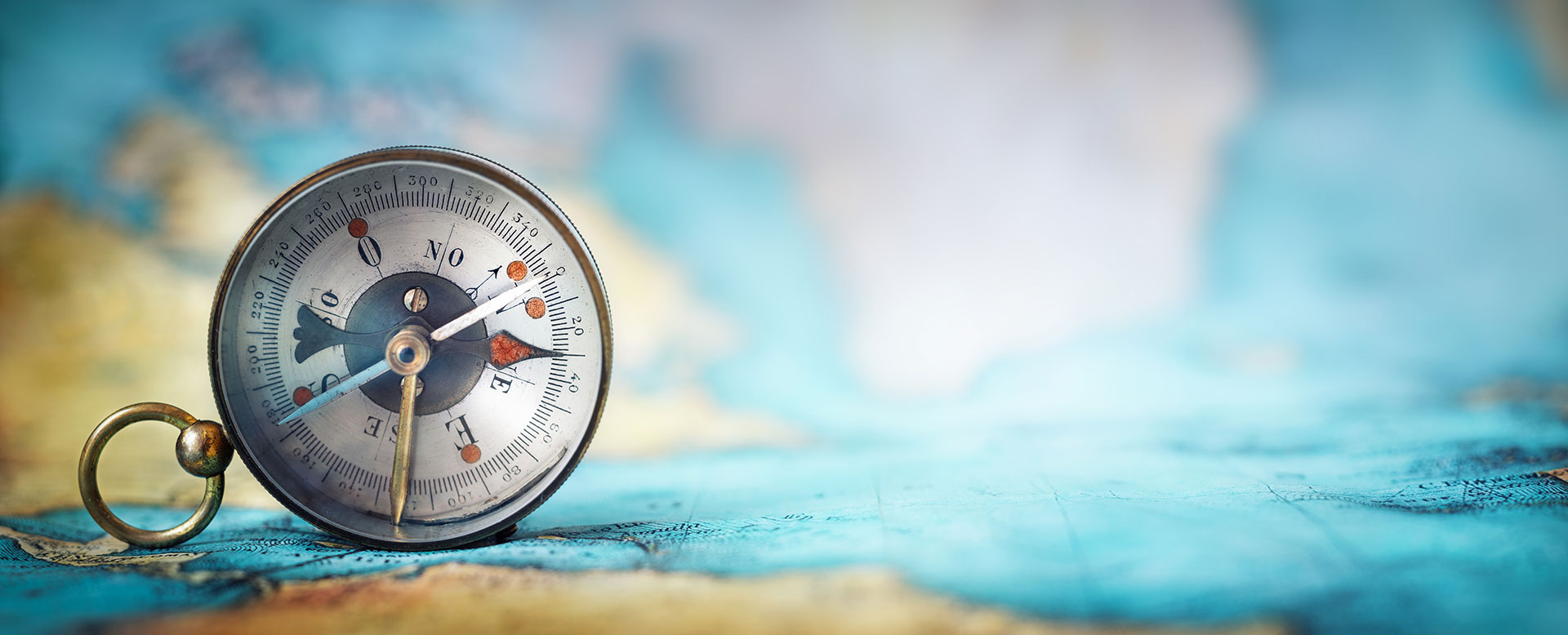Discovering the world / Odkrywając świat, Interesting facts / Ciekawostki, Traveler's guide / Podróznicze porady
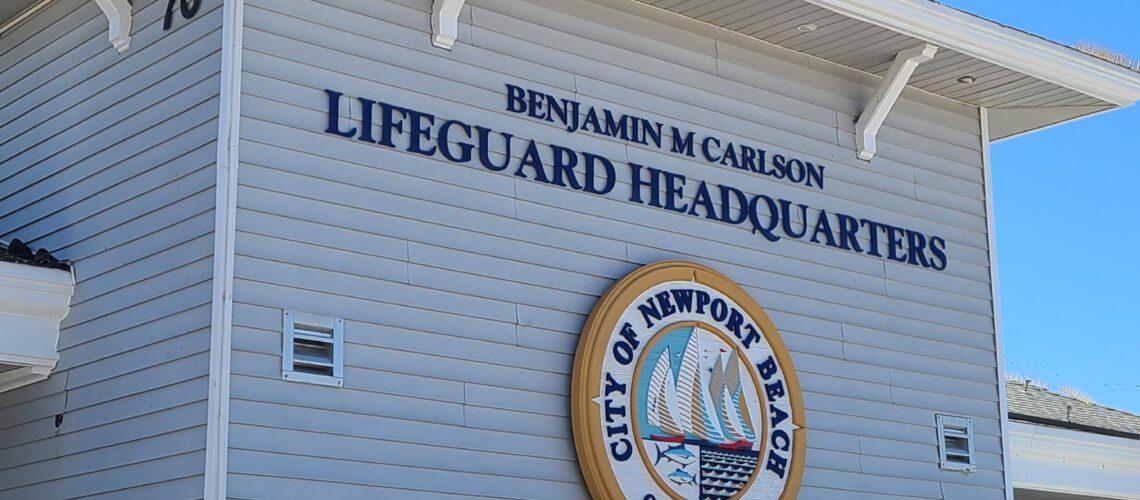
March 11, 2023
California small towns – Newport Beach: part 1 – history and facts
Newport Beach is a coastal city in Southern California bordered on the west by the Santa Ana River by Huntington Beach; in the north with the city of Costa Mesa, and in the east with the Crystal Cove State Park. It is famous for its rich lifestyle and beautiful surroundings, as well as a large port filled with sports and recreational boats.
Newport Beach Harbor is a semi-man-made harbor created by dredging the estuary into Newport Bay in the early 20th century. In the course of this work, several artificial islands were built, such as Newport Island, Balboa Island, Little Balboa Island, Collins Island, Bay Island, Harbor Island, Lido Isle and Linda Isle, on which many beautiful and opulent private estates have now been built.
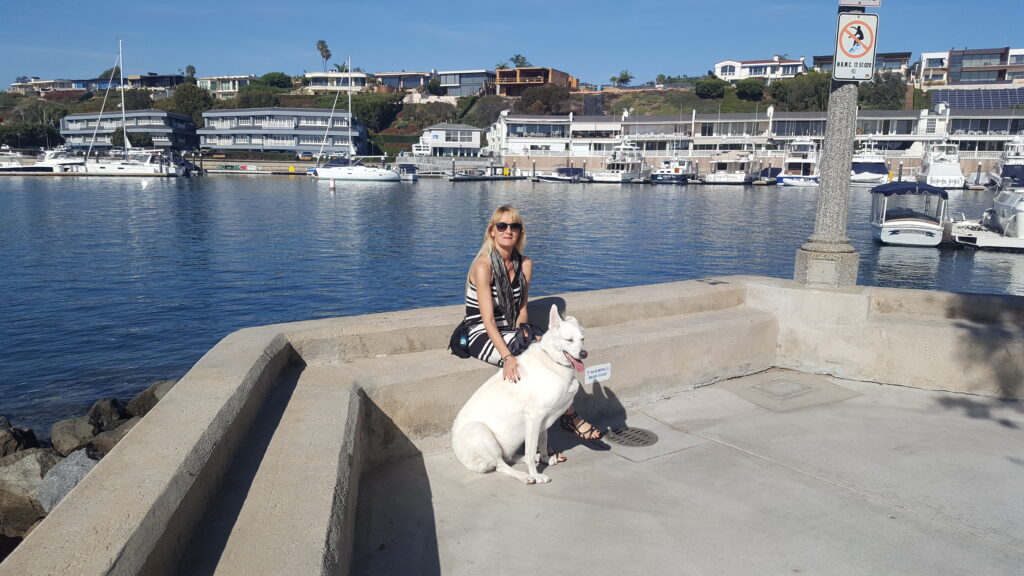
Climate
Newport Beach has a Mediterranean climate with elements of a semi-arid climate. Like many coastal cities in Los Angeles and Orange Counties, Newport Beach exhibits little variation in temperature, both on a daily and seasonal basis, compared to inland cities. The Pacific greatly moderates Newport Beach’s climate, warming winter temperatures and cooling summer temperatures. Newport Beach does not receive enough rainfall to qualify as a true Mediterranean climate. The highest temperature recorded in Newport Beach between 1977 and 1996 was 32.7 °C (12 °F) on August 12, 1991, and the lowest was −1.7 °C (15 °F) on January 15, 1996.
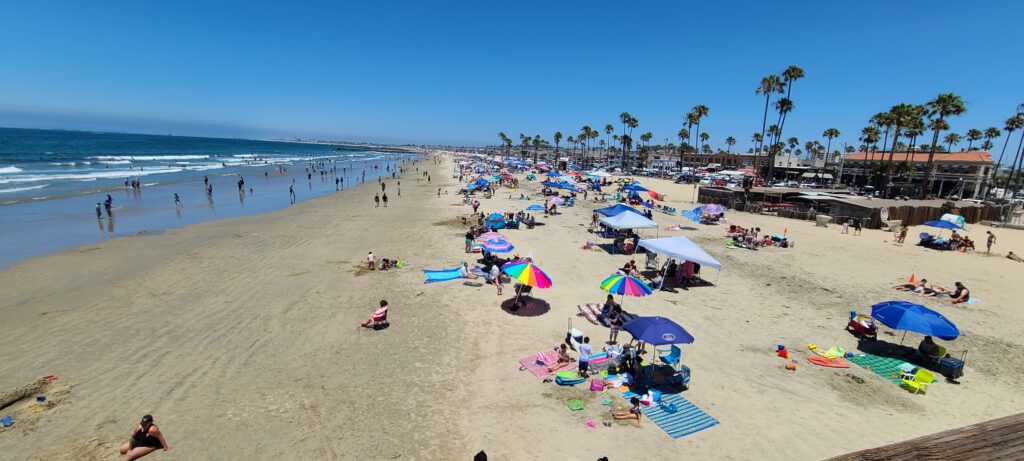
History
Upper Newport Bay is a canyon that was formed by a stream during the Pleistocene period. The Lower Bay of Newport was formed much later by sand that was carried by ocean currents that built the coastal beach that is now recognized as Newport Beach’s Balboa Peninsula.
Before the settlers reached the coast of California, the Newport area and the surrounding area belonged to Indian tribes. Indian shells and relics can still be found throughout the area today.
By the 19th century, settlers began to settle in the area due to the availability of land. The state of California, wanting to attract as many pioneers and settlers as possible, sold plots of land for $1 each.
Anglo-American settlement in the area increased significantly after the events of 1870, when the 105-ton steamer The Vaquero, commanded by Captain Samuel S. Dunnells, despite warnings sent by surveyors, safely passed lower and upper Newport Bay where it unloaded its cargo. When James Irvine heard the news, he left his home in San Francisco for the San Joaquin ranch. During a meeting with his brother, Robert Irvine, and friend James McFadden, it was agreed to name the newly founded port Newport; hence the name Newport Beach.
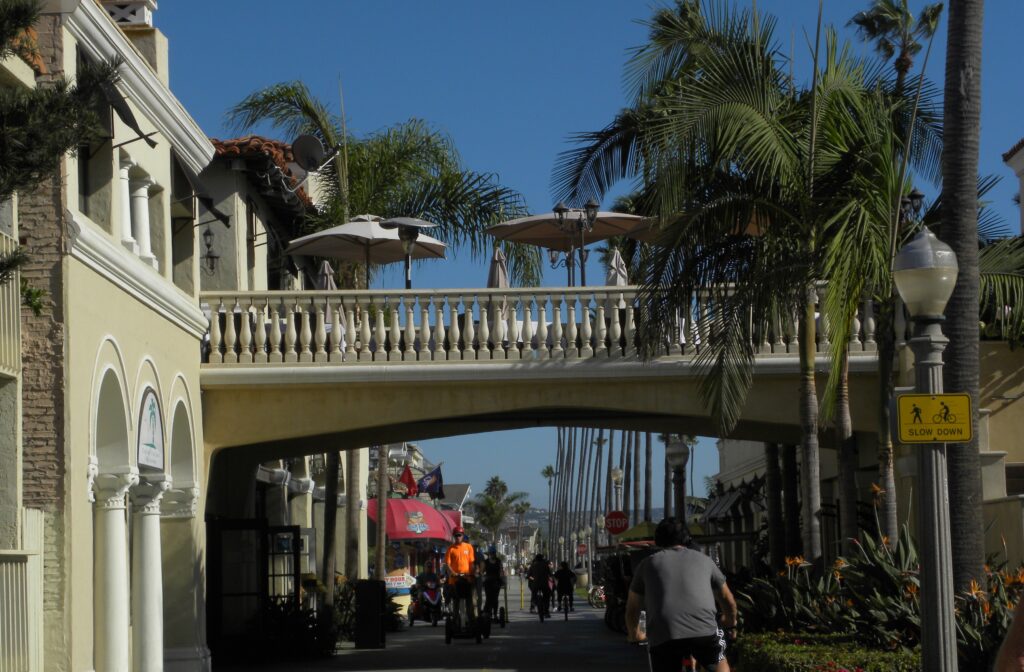
In 1905, the city’s significant growth was due to the fact that the Pacific Electric Railway established a southern terminus there, connecting the beach with downtown Los Angeles.
In 1906, with a population of 206, the surrounding scattered settlements were brought together as the city of Newport Beach. These included settlements on the Peninsula, West Newport, Newport Island, Balboa Island, and Lido Isle. In 1923, Corona del Mar was annexed, and in 2002, Newport Coast, East Santa Ana Heights and San Joaquin Hills were annexed. In 2008, after a long struggle with the city of Costa Mesa, Newport Beach annexed West Santa Ana Heights.
Newport Bay is bridged by the Pacific Coast Highway, which is too low for most sailing yachts and very large boats. The area north of the bridge is Upper Newport Bay or Back Bay. The mouth was formed by the prehistoric flow of the Santa Ana River. Today it is fed by a small stream from San Diego Bay. Much of Upper Newport Bay is a protected natural area known as the Upper Newport Ecological Preserve, established in 1975. There are also port facilities, including a marina and a launch ramp at The Dunes. The area south of the bridge is Lower Newport Bay or Newport Harbor.
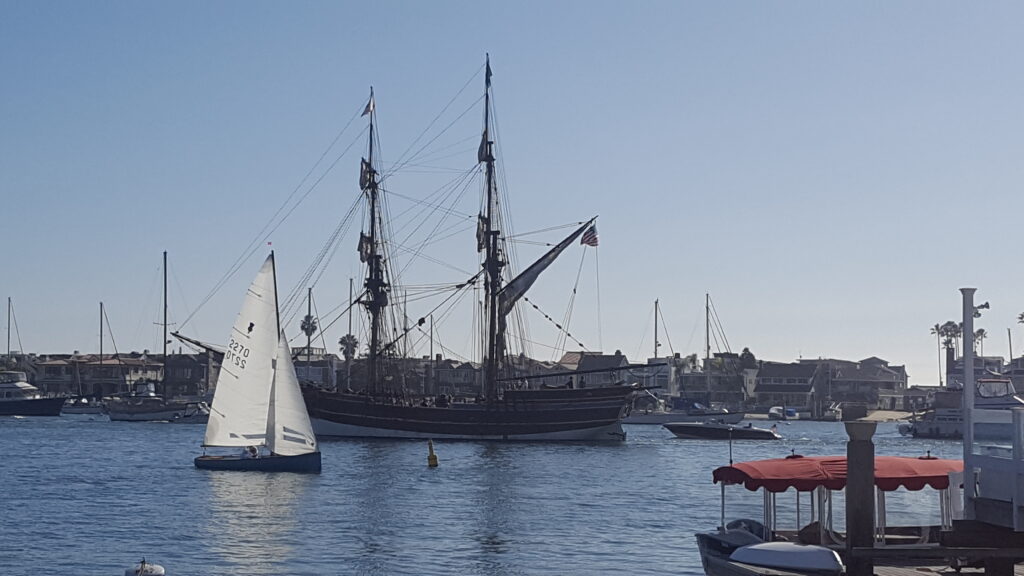
Lido Isle
The Port of Newport was once a thriving center for maritime industries such as boatbuilding, shipbuilding and commercial fishing. It is now mainly used for recreation, with private houses and private docks occupied on its shores. With approximately 9,000 boats, Newport Harbor is one of the largest recreational boat ports on the US West Coast.
It is a popular place for water sports such as sailing, fishing, rowing, canoeing and paddle boarding.
In 1927, a house known as the China House of China Cove was built at the entrance to the port, using traditional Chinese architecture. It was a landmark in Newport Beach Harbor until it was demolished in 1980. Some parts from the original roof can be seen on the house located in China Cove.
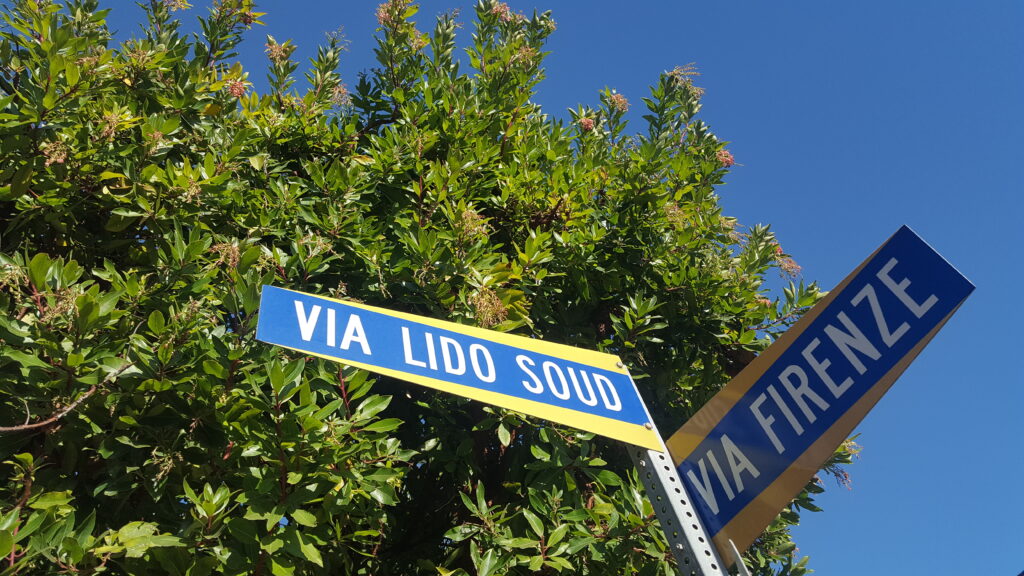
Commercial marine operations today include the Catalina Flyer ferry to Catalina Island, harbor tours, sport fishing, whale watching trips, and charters and a few small commercial fishing boats.
At the northern end of Newport Harbor’s canals around Lido Island, there are many small business centers. Formerly it was used by fishing fleets as a home. On the north-east side of the canal, in Lido Marina Village, entertainment boats – Newport Party Boats dock, and there are also local restaurants. It is also a port for the local Gondola company. There is also an organic farmer’s market every Sunday.
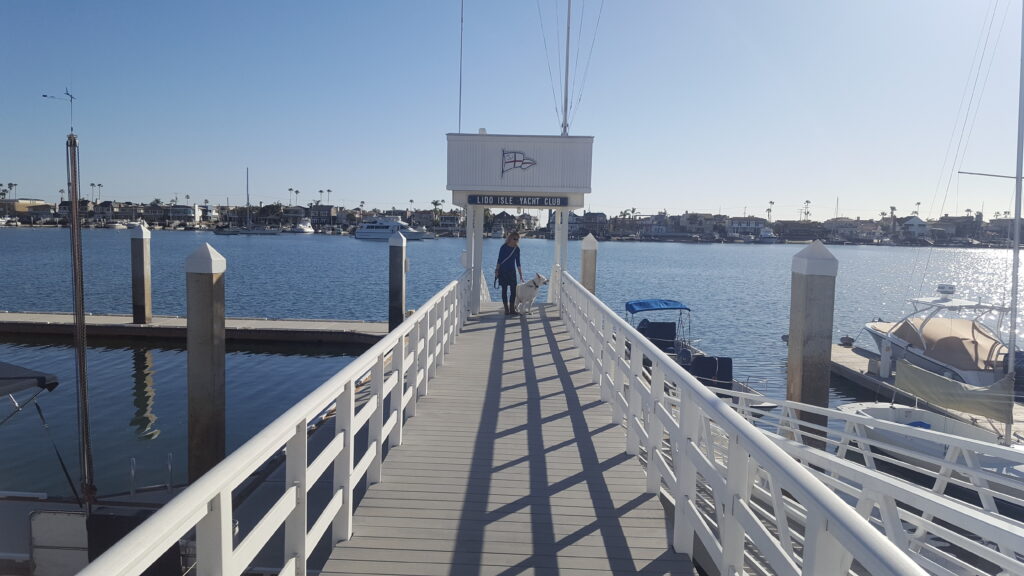
How to get to Newport Beach
Plane
John Wayne Airport (SNA) is conveniently located on the border of Newport Beach, Irvine and Santa Ana. If you are arriving at Los Angeles International (LAX) or Long Beach (LGB), take I-405 south to Hwy 73.
Car
CA Highway 1 or I-405 via Highway 55 or 73 south.
Public transport
The Orange County Transportation Authority (OCTA) serves the Newport Beach area. The OCTA Newport Transportation Center is conveniently located east of Fashion Island in Newport Beach; here, OCTA routes 1, 55, 57, 75, 76 and 79 converge for the transfer point. Roads 1, 47 and 71 serve the beaches (more than a kilometer from here) and the Balboa Peninsula; Route 76 serves SNA John Wayne International Airport (about 6 miles away).
Information for visitors Visit Newport Beach is the official Destination Marketing organization of the City of Newport Beach. Phone: 1-800-94-COAST.
